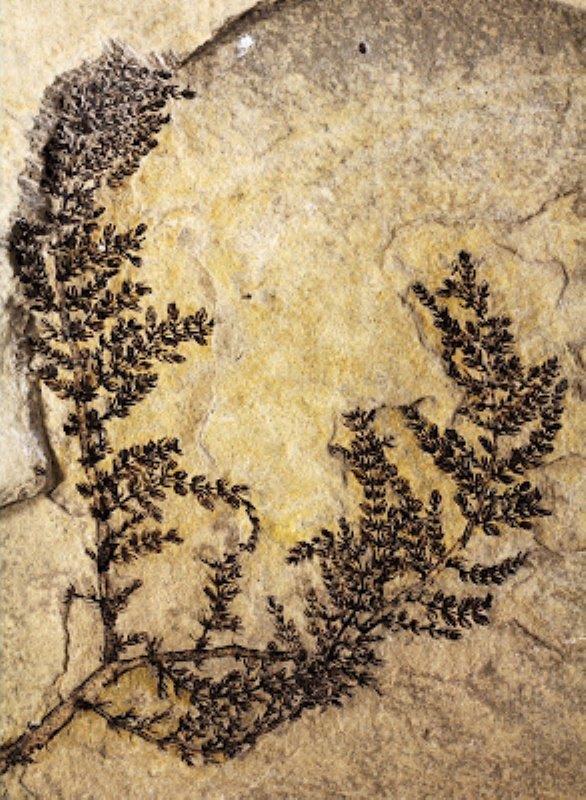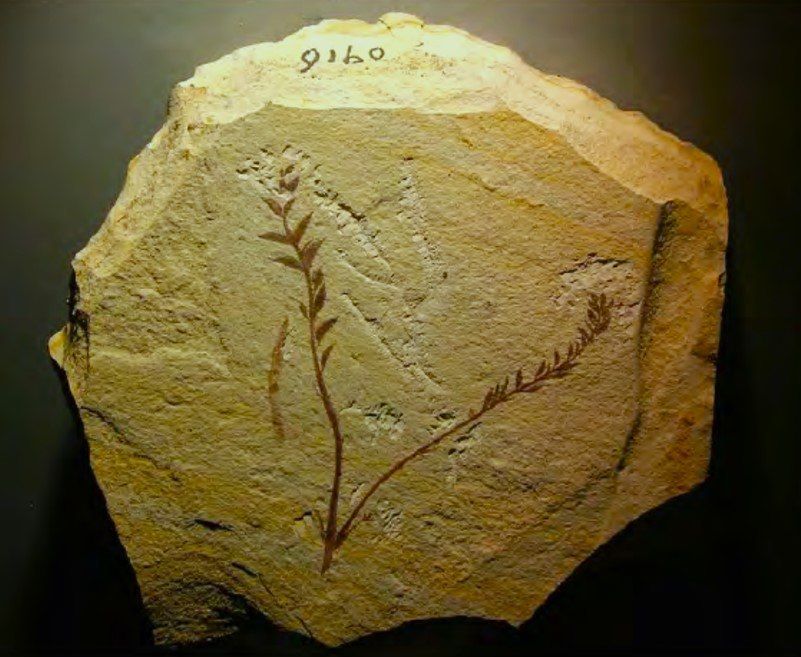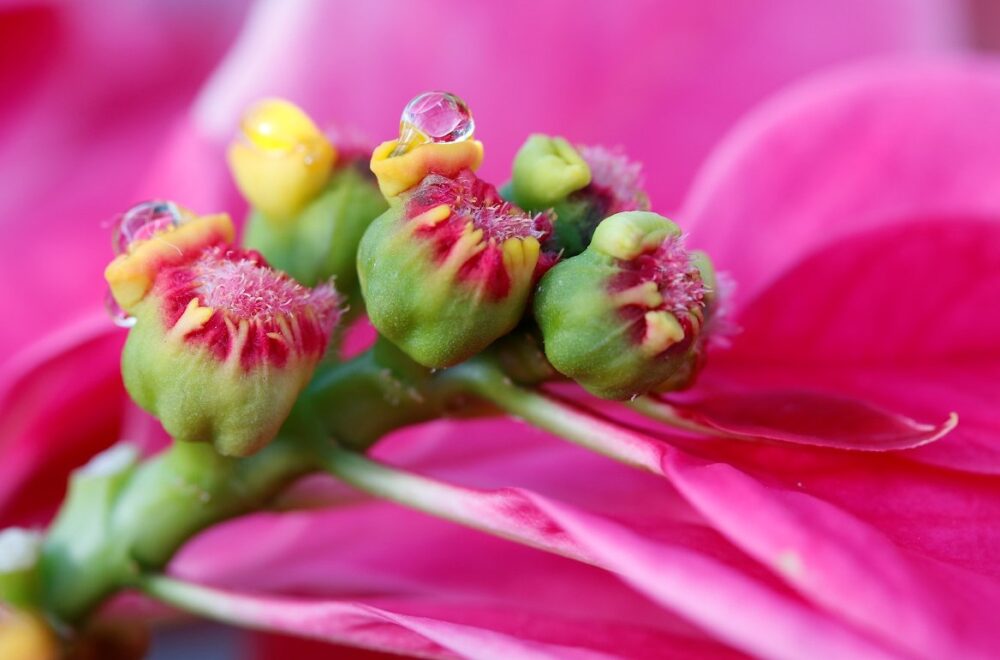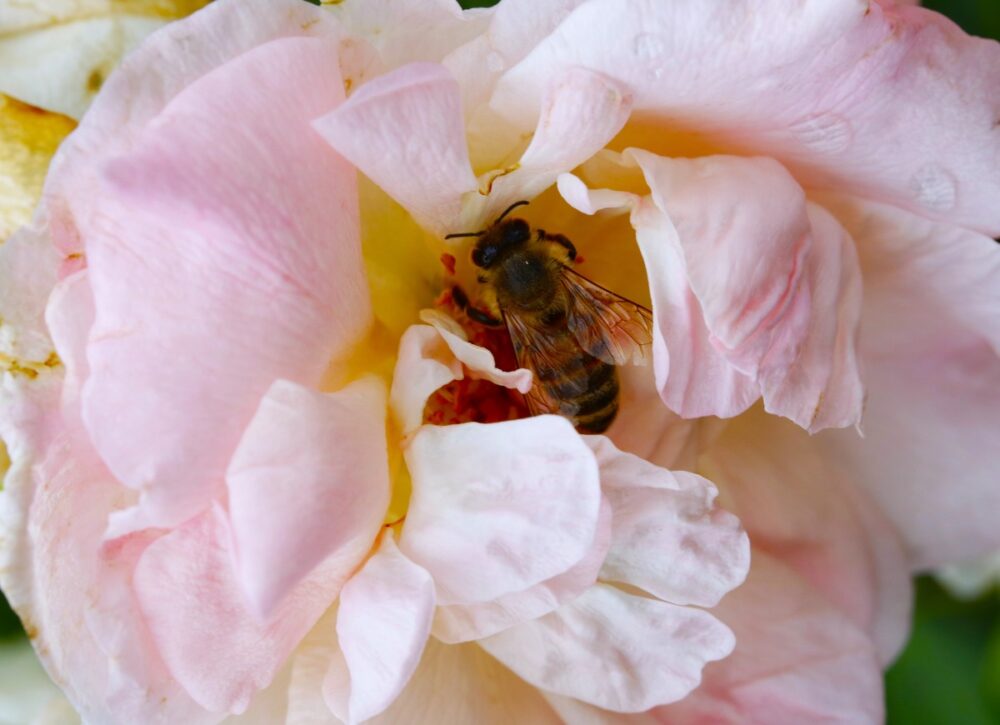145 million years ago, earth’s Cretaceous Period began. For the next 79 million years, herbivore, omnivore and carnivore dinosaurs roamed the earth, dining on plants and each other. Continental drift redefined land masses and delineated new coastlines. The Cretaceous Inland Seaway halved the North American continent, connecting the Gulf of Mexico and the Arctic Ocean. Ants, butterflies and the Rocky Mountains emerged.

And, in a small pond in Liaoning, China, scientists believe Archaefructus liaoningensis, the first flower, bloomed. Research has determined that Archaefructus, the oldest known flower fossil, is estimated to be approximately 130 million years old.*

Unlike the multi-petaled, fragrant blossoms we know today, this humble flower was understated with just a few wispy flower petals and leaves on each side. However, this herbaceous aquatic seed plant was a true trailblazer.
What makes this now-extinct little bloomer so cutting edge? Archaefructus was the first known blooming seed plant or angiosperm. Today, these are earth’s largest group of land plants.
Angiosperms, or flowering plants, are unique to all other plant species. Unlike other species, they enclose their seeds within fruiting bodies that both protect the seeds and provide them with nutrients for their development. And, they reproduce through pollination. During this process, evolved over millions of years, pollen grains produced in the anther part of a flower are transported by wind, insects, birds or other animals to the stigma of another flower. This leads to fertilization and the development of seeds that mature into fruits.
66 million years ago, the Cretaceous Period ended. A mass extinction event eliminated half of the world’s species. However, angiosperms survived.
They have since thrived.
From the inaugural Archaefructus, angiosperms have evolved into earth’s most diverse group of land plants with 300,000 known species. Today’s agriculture is comprised primarily by angiosperms that provide virtually all plant-based food. Much of the food we eat around the world derives from just a small number of flowering plant families, including wheat, rice and maize.

Not only a key food source for humans, angiosperms are also essential for the survival of our precious planetary pollinators, including their food and habitat. Full circle, angiosperms are dependent on pollinators for their survival. According to the USDA, the services pollinators provide globally are worth more than three trillion dollars.

Silent but mighty environmental stewards, flowering plants help purify water and prevent erosion. They absorb carbon dioxide and release oxygen during photosynthesis, while contributing significantly to our planet’s air filtration. Cultures around the world use flowers for a wide spectrum of healing purposes.
Angiosperms are also the flowers we plant, enjoy, share and love to photograph. Through their unique poetry of beauty and solace, they help us express our most profound emotions.
*Approximately 100 years ago in Spain, a 130-million-year-old fossil of an aquatic plant, Montsechia vidalii, was discovered by scientists. Like Archaefructus, Montsechia is believed to be an angiosperm and to have played a key role in the evolution of flowering plants. However, Montsechia did not bloom or have flower petals.